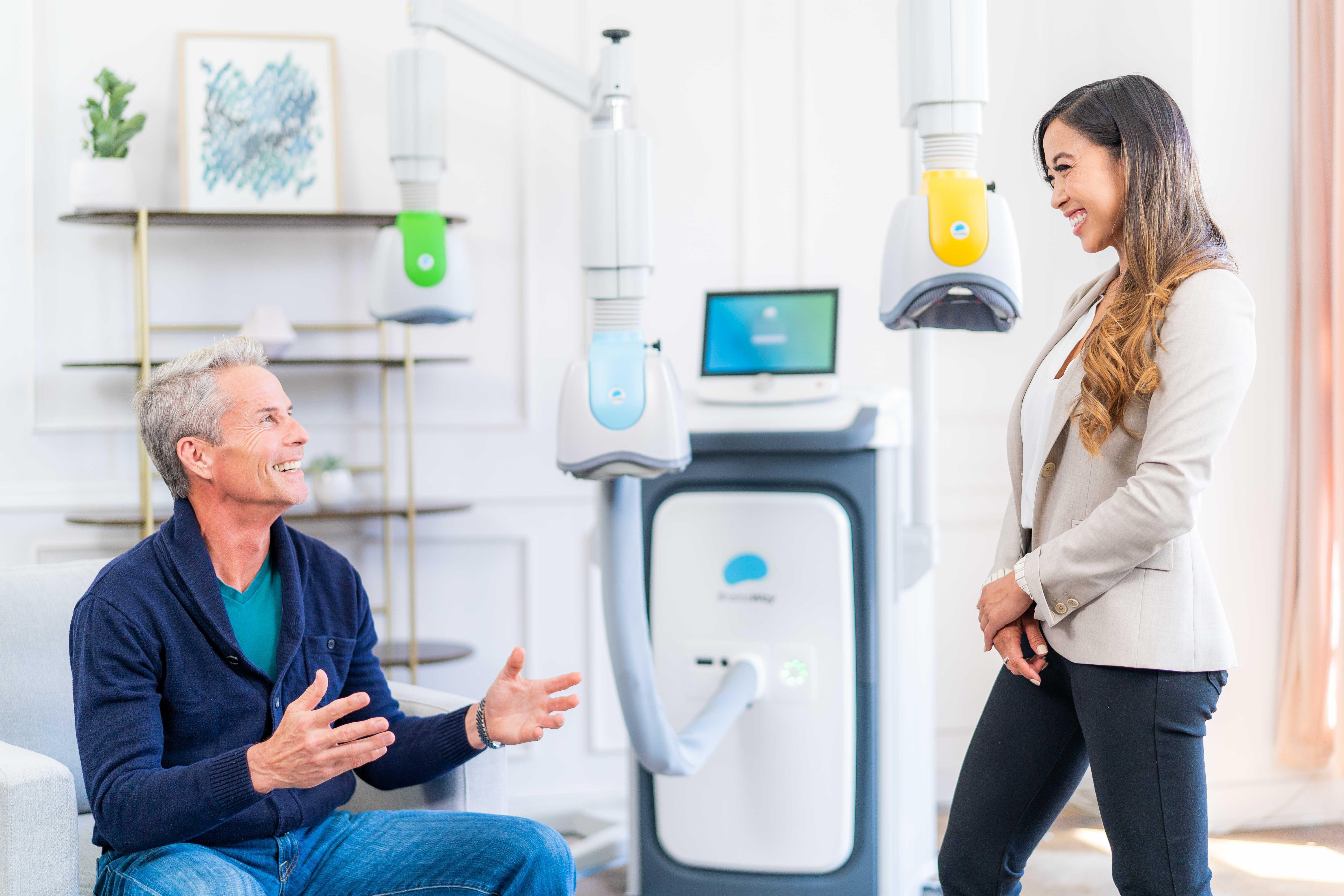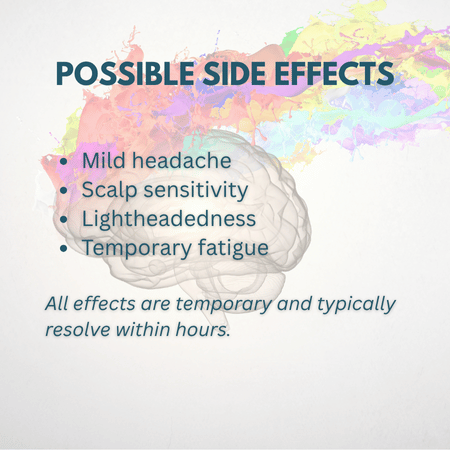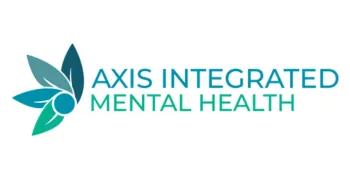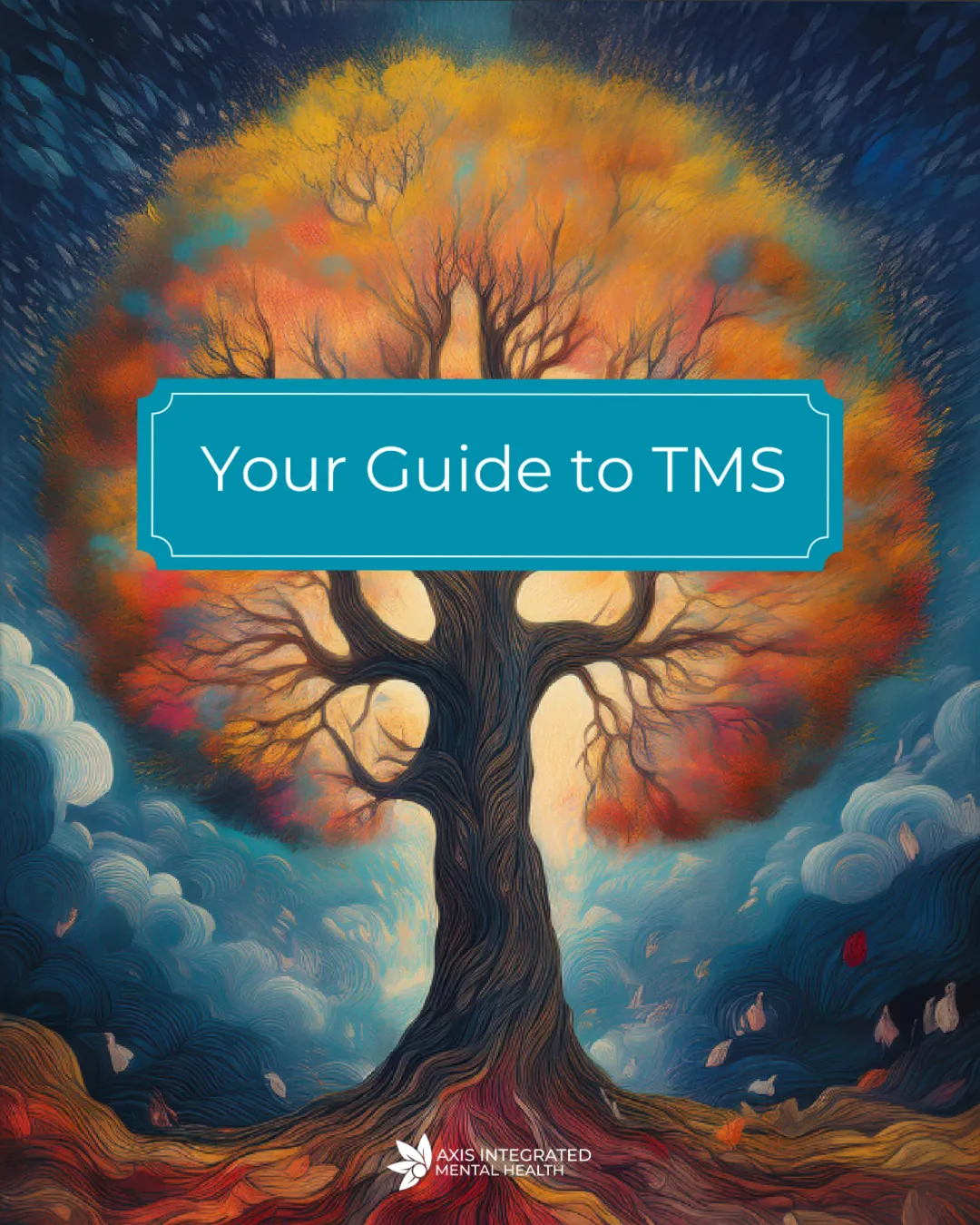Welcome to Your TMS Journey
Welcome to the next step on your mental health journey! Deep TMS (Transcranial Magnetic Stimulation) delivers the highest efficacy and remission rates for depression treatments amongst all current treatments. Off-label, it can also be used to help with depression, anxiety, ADHD, PTSD, and OCD. Whether you’re days away from starting or just had your initial consult, this guide will help you prepare, feel confident, and know what to expect.
Kristin
Lean into the fear and uncertainty.
Nathan
Deal with all the emotions, even the negative ones.
Megan
Depression is no one's fault. But you can heal.
The night before
How to Prep for TMS
Many people think that because no medications are involved with TMS, that no preparation is involved. This is untrue. Here’s how to make your first visit as smooth and stress-free as possible:
Get a good night's sleep. Sleep quality can impact how well your brain responds to treatment.
Stay Hydrated & Eat a Snack. Avoid coming in on an empty stomach; hydration helps prevent fatigue or dizziness.
Wear comfortable clothing.
Avoid Alcohol or Substances. Let your technician know if you’ve used any substances in the last 24 hours. We will not judge but we will need to reduce treatment power.
Share health updates: Report changes in sleep, medications, or supplements to your TMS technician.

Read our 6-week treatment guide to learn what to expect.
Read our 6-week treatment guide to learn what to expect.
On the first day of treatment, You’ll receive a cotton cap for accurate coil placement.
Technicians will determine your motor threshold (using a gentle magnetic pulse).
You’ll sit in a reclined chair with an inflatable pillow to stabilize your head.
The treatment itself is painless but may cause minor side effects like tingling or facial twitching.
TMS Timeline
TMS is a journey — not a magic switch. But each session builds new brain connections, strengthens emotion regulation, and moves you closer to healing. You’re not alone, and your care team is here to support you at every turn.
The First Few Weeks
No two people respond to treatment the same way. 1/3 of patients have a mild headache after treatment. For some, increased irritation, otherwise known as "The Dip", occurs as early as the first week. For others, they don't notice any changes until weeks 5 or 6. Stay patient.
The "DIP"
Around Week 2, many patients feel a temporary worsening of symptoms—this is called the “dip.” It’s a completely normal part of the brain’s healing process. Read the guide to learn how to support yourself.
4-6 Weeks
Most people see a gradual improvement in symptoms ranging from sleeping better to just having a better mood. At this point, your psychiatric provider may need to titrate you down to a lower dosage of meds
Completing treatment
Around the 5th week of treatment, we will start reducing the frequency that you need to come in to treatment.
What to Expect During Treatment
Most sessions last about 30 minutes unless you are doing the cash pay protocol, which is 10 minutes.
You'll feel tapping or pulsing on your scalp. Some describe it like a hair tug or light knock.
About 1/3 of patients have a mild headache after treatment.
Earplugs will always be available to you upon request
Your technician will always be with you and is trained to deliver our storytelling intervention during your 6 week treatment.
Let your technician know how you’re feeling each day so they can adjust accordingly.

Learn More
Explore TMS further through expert resources and science-backed insights.
Interesting Articles
Want to learn more? Understanding your treatment is a key part of feeling empowered on your journey. We've curated trusted resources to help you learn more about Transcranial Magnetic Stimulation (TMS), how it works, what others have experienced, and the science behind its effects.
Call 720.400.7025
Email:info@axismh.com
Site: axismh.com

